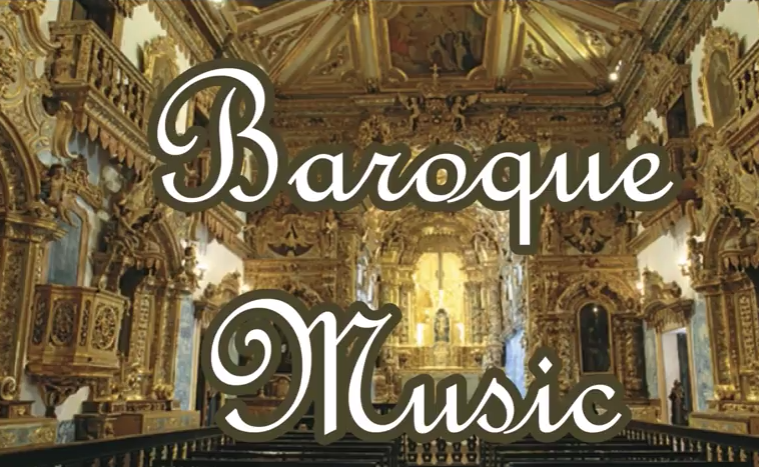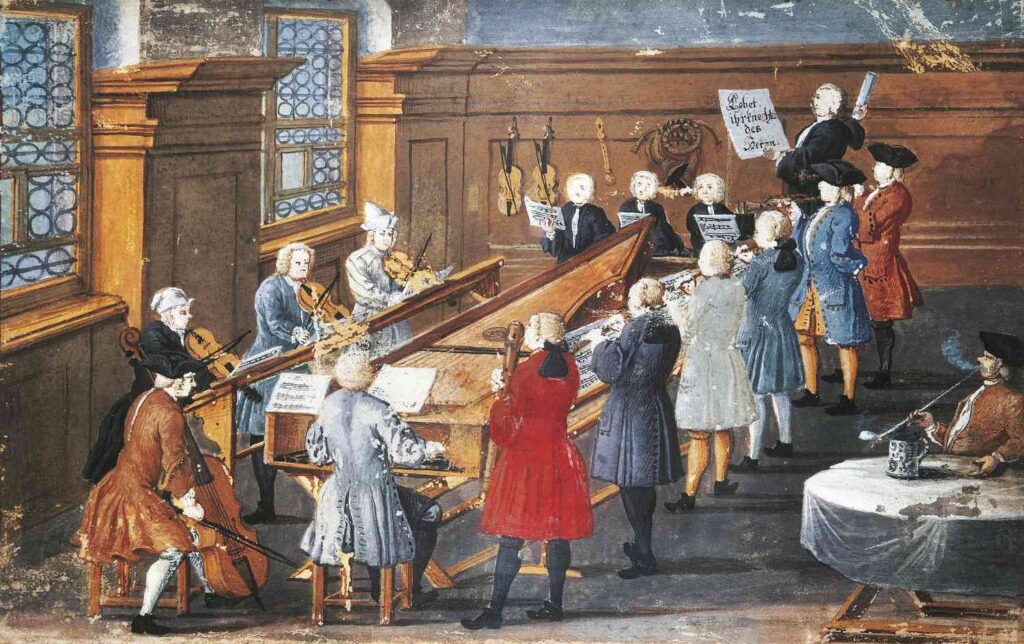Origins and Context
Baroque music, spanning from approximately 1600 to 1750, marks a pivotal era in the history of Western classical music. This period witnessed profound developments in musical form, style, and theory, paralleling significant changes in society, politics, and culture. The term “Baroque” derives from the Portuguese word “barroco,” meaning a misshapen pearl, reflecting the era’s ornate and intricate aesthetic.
The Baroque era emerged in the context of the Counter-Reformation, where the Catholic Church sought to reassert its influence against the rise of Protestantism. Art, including music, became a tool for conveying religious emotion and grandeur. This period also coincided with the rise of absolutist monarchies, such as the court of Louis XIV in France, where music played a central role in glorifying the state and its ruler.
Early Baroque (1600-1650)
The early Baroque period was characterized by experimentation and the gradual establishment of new musical norms. Composers began to move away from the polyphonic textures of the Renaissance to a more homophonic texture, emphasizing a single melody with accompaniment. This shift is epitomized by the development of the basso continuo, a continuous bass line that provided harmonic structure.
One of the earliest significant developments in Baroque music was the invention of opera around 1600 in Italy. Claudio Monteverdi’s “L’Orfeo” (1607) is often considered the first great opera, showcasing the dramatic potential of the new style. The use of monody, a style featuring a solo vocal line with instrumental accompaniment, allowed for greater emotional expression and clarity of text.
Middle Baroque (1650-1700)
The middle Baroque period saw the consolidation of forms and styles that would define the era. Composers such as Arcangelo Corelli and Henry Purcell developed the sonata and concerto, which became central genres in instrumental music. Corelli’s trio sonatas and concerti grossi exemplified the balance and contrast that became hallmarks of Baroque music.
In France, Jean-Baptiste Lully established a distinctly French style of opera and ballet at the court of Louis XIV. His works combined rich orchestration with elaborate dance sequences, reflecting the grandeur of the French court. Meanwhile, in Germany, Dieterich Buxtehude and other composers were advancing the tradition of the Lutheran chorale and organ music, laying the groundwork for the later achievements of Johann Sebastian Bach.
Late Baroque (1700-1750)
The late Baroque period represents the zenith of Baroque musical achievement, with composers such as Johann Sebastian Bach, George Frideric Handel, and Antonio Vivaldi reaching the height of their creative powers. This era was marked by the full maturation of forms like the fugue, concerto, and suite.
Johann Sebastian Bach’s contributions to the Baroque repertoire are monumental. His works, such as the Brandenburg Concertos, the “Well-Tempered Clavier,” and the “Mass in B Minor,” exhibit unparalleled complexity and mastery of counterpoint. Bach’s music synthesizes the diverse strands of Baroque style, from German chorales to Italian concerti.
George Frideric Handel, a contemporary of Bach, achieved fame across Europe, particularly in England, where his oratorios such as “Messiah” became immensely popular. Handel’s music is noted for its dramatic expression and grandeur, often reflecting the theatricality of Baroque art.
Antonio Vivaldi, an Italian composer and virtuoso violinist, was a pivotal figure in the development of the concerto. His “Four Seasons” concertos remain some of the most well-known works in the classical repertoire, showcasing his innovative use of vivid imagery and technical brilliance.
Legacy and Influence
Baroque music laid the foundations for the subsequent Classical period, influencing composers such as Haydn, Mozart, and Beethoven. The emphasis on form, contrast, and expressive melody established during the Baroque era persisted into the Classical period and beyond.
Moreover, Baroque music’s emotional depth, technical complexity, and structural innovations continue to resonate with modern audiences and performers. The revival of interest in historically informed performance practices has brought renewed appreciation for the distinct sound and style of Baroque music, ensuring its enduring legacy in the world of classical music.


Comments are closed